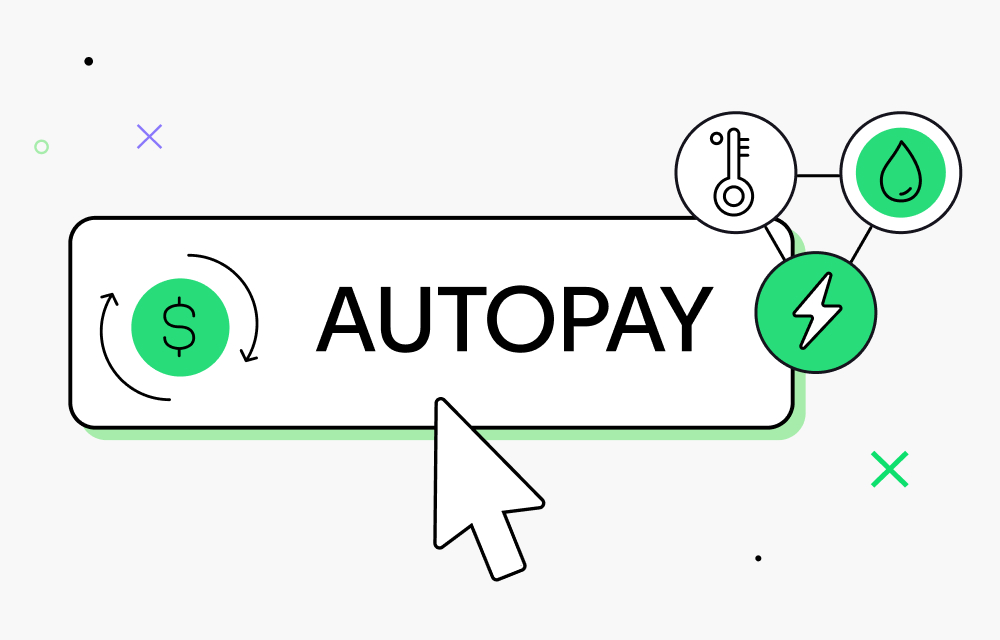Obstacles to US Open Banking Adoption
Open Banking has become a global trend in recent years due, in large part, to consumer demand for control over their own financial data. The European Union (EU) led the way in Open Banking adoption after the following regulations in 2018: the General Data Protection Regulation (GDPR) and the Revised Payment Services Directive (PSD2). With clear regulatory guidelines, Financial Institutions (FIs) and Third Party Providers (TPPs) in the EU had a framework for data sharing, privacy, and more. This led to collaboration, innovation, and evolution in the industry.
The U.S. has lagged behind European counterparts in Open Banking adoption. Regulators in the U.S. have not set any hard guidelines and have instead opted for a more market-driven approach to Open Banking. In recent years, we’ve seen U.S. FIs, fintechs, and technology companies provide consumer-focused services. Despite clear growth, there are still many obstacles to U.S Open Banking adoption that hinder the evolution of the industry:
The Fragmented Industry
For decades, the banking industry provided a foundation for our economy by providing a safe place to keep our money, facilitate non-cash payments, and extend credit. Modern banking has become increasingly digitized, dramatically increasing the supply and demand of consumer financial data. Statista reports more than 65% of the U.S. population uses digital banking, up from 61% in 2018. This has led to a flurry of innovation in financial technology, creating waves of potential change in the industry. However, a consumer’s choice to use their own financial data in order to experience new services in financial technology is hindered by a fragmented industry in which financial data can be found in a number of places and in a variety of formats.
The U.S. banking industry is structurally fragmented. The industry includes more than 10K banks and credit unions (compared to Canada, which has just 28 active banks) but the top-ten banks, based on assets, represent just 44% of U.S. consumer deposit accounts. Achieving ubiquity for data sharing, a key component in successful Open Banking, is almost impossible. Many legacy banking systems, supporting smaller, community-based, financial institutions and millions of consumers, are not situated to support real-time, clean, consumer data sharing routines . Instead, banks will need to rely on third-party partners to build and integrate those capabilities for the “long-tail” of the industry. The costs for these upgrades will be barriers to adoption for smaller banks and credit unions.
The Lack of Regulation
Next, a lack of regulatory mandate in the U.S has given the fintech industry room to compete, catalyzing innovation, but the lack of a regulatory framework presents challenges for TPPs in Open Banking. While allowing for private enterprise to drive the market allows for more entrepreneurialism for the industry, it also puts a heavy onus on the customer to influence the banks’ behavior and adoption. Additionally, without regulatory pressure, many banks will likely be hesitant to fully adopt Open Banking, leaning on consumer data protection concerns as the logical rationale.
It must be said that, while Open Banking services will benefit the consumer, there are underlying strategic and franchise risks to financial institutions; the proliferation of alternative payments options directly to consumers is therefore limited. The largest concern financial institutions face is the fear that Open Banking will likely lead to the demise of the traditional bank-consumer engagement model. When in reality, technical innovation, coupled with evolving consumer expectations (and influence from a global pandemic), have fundamentally already altered the long-established model.
An Inconsistent Data Framework
Finally, the ability to extend products and services is limited by an inconsistent data framework, and limited or masked consumer data. This results in a degraded consumer experience and higher risk for banks and third-parties. The ability to get a full financial view of the consumer is significantly hampered by masking consumer account data, and/or limiting the ability to link cross-industry financial information. Consumers will not be able to get access to, or use the products to their full potential — purchasing power will be lowered and access to credit could be reduced.
An incomplete view of consumer financial data could also create a false view of the customer by only exposing a portion of the consumer’s financial profile. Specifically for payments risk, it is key to gain historical insight into potentially risky or fraudulent activity, even if that behavior manifested at another institution. Assuming that consumers want a more holistic view of their finances, TPPs and banking institutions must use innovation problem solving, like the use of API-based integrations, to continue meeting demand.
The Path Forward
Single-bank relationships are long gone. The average American consumer relies on a handful of institutions for their financial needs. This desire for tailored services is only propelling innovation in fintech and driving the adoption of Open Banking, despite obstacles. Regulation and the standardization of data would be an obvious and progressive step forward but, as we’ve discussed previously, accomplishing that would be a complicated and lengthy process with an industry that is so fragmented.
The key to success are strategic and symbiotic relationships between financial institutions and fintechs. These data-sharing partnerships will enhance the process of data sharing, minimize fraud, and increase interoperability. By expanding and improving their innovation layer and opening up the consumer’s financial data to vetted and scalable APIs, financial institutions can maintain their banking relationships while still meeting the needs of their consumers.
At Trustly, we believe in the potential of Open Banking. Our digital account-to-account platform allows consumers to pay for purchases by simply signing into their bank accounts, bypassing the card networks, and never leaving a merchant’s site or app. Trustly has been a driving force for Open Banking in Europe and is continuing the momentum in the United States. Our enterprise grade bank connectivity is now trusted by more than 6,300 financial institutions across North America, Europe and Australia. Learn more about our Online Banking Payments and Online Banking Data or contact us today.










